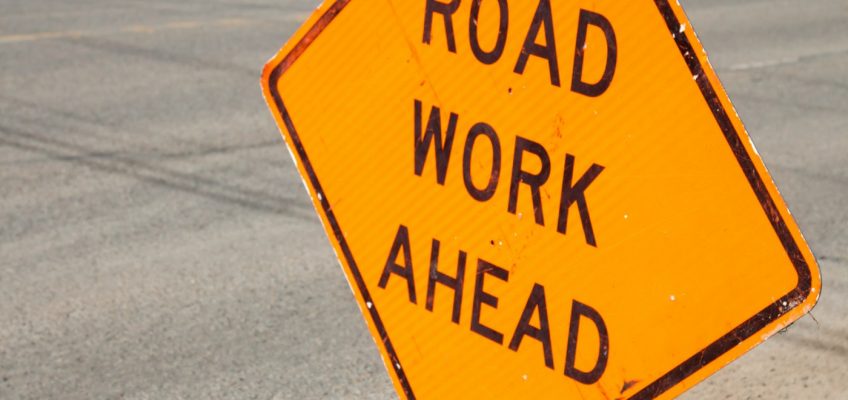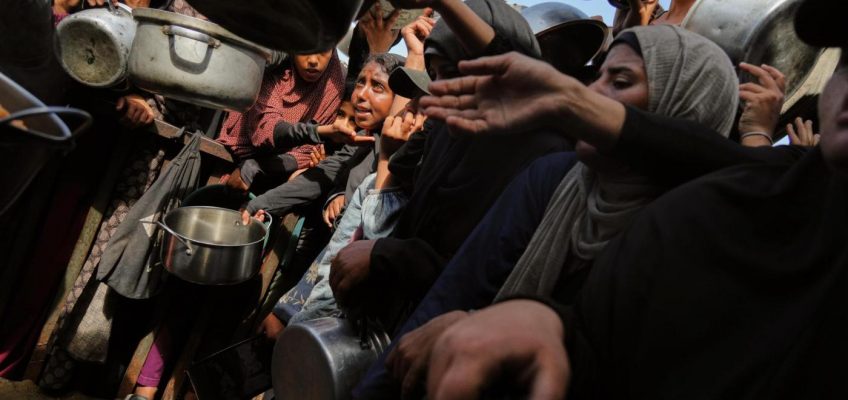By JONEL ALECCIA
A California company has recalled nearly 245,000 pounds of pre-cooked pasta linked to a deadly listeria outbreak and potential contamination of dozens of products sold at grocery stores nationwide.
Related Articles
Judge tosses out Drake’s defamation lawsuit against label over Kendrick Lamar’s ‘Not Like Us’
New York Attorney General Letitia James charged in fraud case after pressure campaign by Trump
5 executions in 8 days: Why the death penalty is being used more in the US this year
Doctors and nurses are punched, choked, even shot. States want to stop that
Troops will miss paychecks next week without action on the government shutdown
Nate’s Fine Foods of Roseville, California, recalled thousands of cases of linguine, fettucine, penne and other pastas sold to large producers of heat-and-eat meals and pasta salads on Sept. 25, according to a U.S. Food and Drug Administration notice posted Thursday.
The move came after tests showed that pasta made by Nate’s Fine Foods contained the same strain of listeria found in chicken fettucine Alfredo and meatball linguine products linked to an outbreak that has killed four people and sickened 20 since August 2024. The most recent illness reported occurred on Sept. 11.
FreshRealm, the San Clemente, California, company that produced those meals, used genetic sequencing to confirm the link to the outbreak.
Several grocery stores have recalled products made with pasta from Nate’s Fine Foods. The FDA and the U.S. Agriculture Department have warned consumers not to eat the foods and to discard them or return them to stores for refund.
Here are the recalls to date:
1. Sprouts Smoked Mozzarella Pasta Salad sold from the deli service counter or Grab & Go section with best-by dates from Oct. 10 to Oct. 29. 2. Giant Eagle smoked mozzarella pasta salad — expiration dates Sept. 30 through Oct. 7. 3. Kroger stores recalled deli bowtie and penne pasta salads — sold Aug. 29 through Oct. 2. 4. Scott & Jon’s Shrimp Scampi with Linguini Bowls 9.6-oz — best if used by dates of March 12 and 13 and March 17 and 21 2027. 5. Trader Joe’s Cajun Style Blackened Chicken Breast Fettucine Alfredo 16-oz plastic tray packages with “best if used by” dates Sept. 20, Sept. 24, Sept. 27, Sept. 28, Oct. 1, Oct. 3, Oct. 5, Oct. 8 and Oct. 10. 6. Albertsons stores recalled store-made deli pasta salads — sell thru dates from Sept. 8 to Oct. 4. 7. Marketside Linguine with Beef Meatballs & Marinara Sauce 12-oz. — best-by dates of Sept. 22, Sept. 24, and 25 and Sept. 29 to Oct. 1. 8. Marketside Grilled Chicken Alfredo with Fettuccine 12.3-oz – best-by date of June 26, 2025, or prior; and 32.8-oz — best-by date of June 27, 2025, or prior. 9. Home Chef Chicken Fettuccine Alfredo 12.5-oz — best-by date of June 19 or prior.




